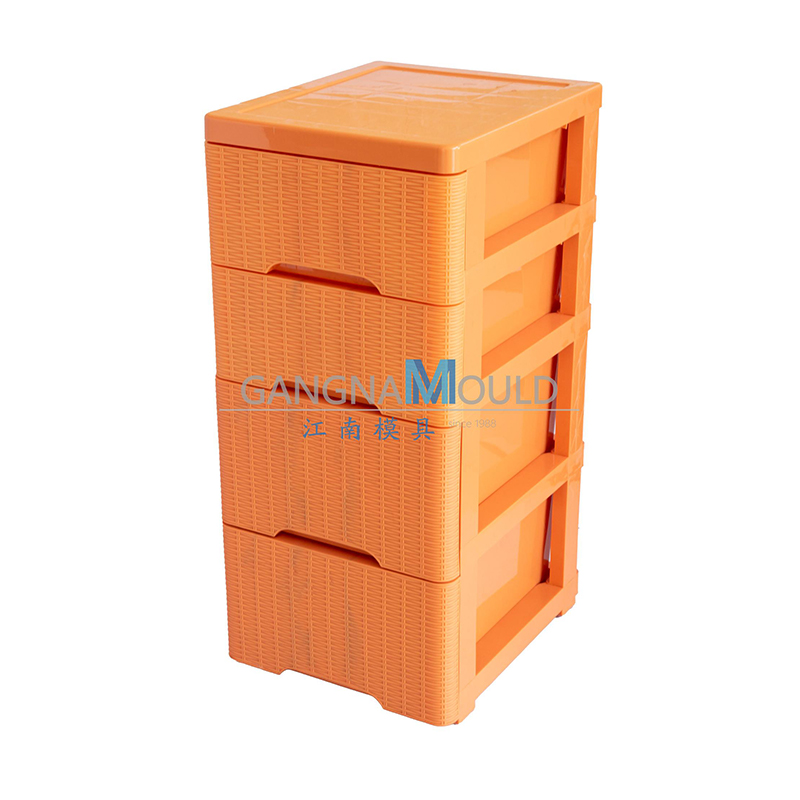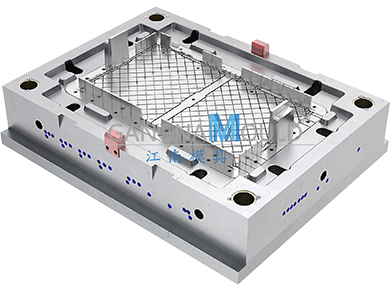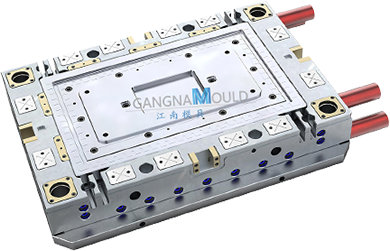Storage Cabinet Mold Technology Advancements Reshaping the Industry
An Storage Cabinet Mold plays a central role in producing cabinets used in homes, offices, and technical environments. In 2025, innovation in mold design, materials, and sustainability is reshaping how storage cabinets are manufactured and deployed. What changes are underway, and how will molds evolve to match shifting needs?
Storage Cabinet Mold Market Context
The global market for cabinets is robust. In 2025, the cabinet market is projected to reach around USD 141 billion. Growth forecasts suggest a compound annual growth rate near 5 percent over the next five years. The rising demand for built-in storage, modular furniture, and smart storage systems drives need for better molds. The industrial mold sector broadly expands from about USD 50.94 billion in 2024 to more than USD 54 billion in 2025, reflecting strong momentum in tooling demand.
Storage Cabinet Mold Design Innovations
How are mold designs adapting to modern storage demands? Modular insert systems now allow design variation—different panel styles, textures, or overlay patterns can be swapped without rebuilding the entire mold.
Another innovation is multi-step molding. A single mold may now include inserts for integrated cable management channels or ventilation slots within cabinet surfaces. Slide cores and collapsible cores enable undercuts and complex geometries.
Digital simulation tools provide flow analysis, warpage prediction, and cooling path optimization before physical cutting begins. That helps mold engineers avoid trial-and-error and reduce scrap parts. 3D printed mold inserts for fine decorative details or inlays are also emerging, allowing rapid experimentation in texture or pattern features.

Storage Cabinet Mold Materials & Sustainability
Material choice in molds is under scrutiny. High-performance tool steels remain standard for long runs, but aluminum molds gain ground in shorter production batches for cost efficiency. Surface coatings—such as nitriding, PVD, or hard coatings—enhance resistance to wear and corrosion.
Sustainability is central. Mold manufacturers implement energy-efficient machining processes, recycling of coolant fluids, and reuse of mold components. Clients increasingly desire molds optimized for recycled plastics or bio-composite cabinet materials. Such molds must manage variable shrinkage, differential flow, and delicate demolding. Mold shops that can guarantee lower energy per cycle or reduced waste often win premium projects.
Storage Cabinet Mold Challenges & Future Directions
What challenges confront mold makers in the cabinet space? High tooling cost, long lead times, and raw material volatility strain margins. Ensuring tight tolerances across large panel areas, managing cooling uniformity, and maintaining surface quality under high volume are constant concerns.
Technology trends point ahead. Smart molds embedding sensors may track temperature, pressure, and wear in real time. That data enables predictive maintenance and process optimization. Digital twin modeling will simulate mold life and performance before cutting any metal. Quick-change mold systems will allow faster shifts between cabinet styles or finishes on production lines.
Current design directions in furniture and storage emphasize slimmer panels, seamless lighting integration, and elegant curved shapes. These preferences demand molds capable of greater precision and versatility. The speed at which manufacturers can adjust their mold designs now strongly influences their market position.
Conclusion
The Storage Cabinet Mold is stepping into a new era where design, material innovation, and intelligent tooling converge. Mold makers must respond to market demands for customization, sustainability, and speed. In 2025 and beyond, storage cabinet molds will not only form panels and frames—they will enable smarter, more adaptive storage solutions.



 English
English русский
русский Español
Español Français
Français عربى
عربى 简体中文
简体中文




